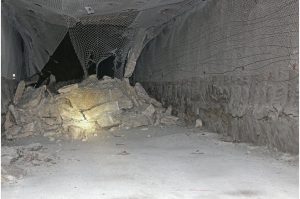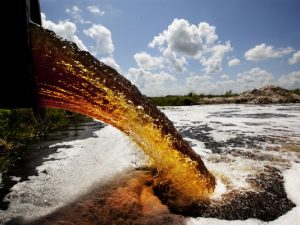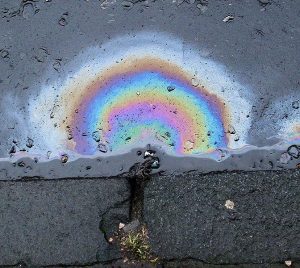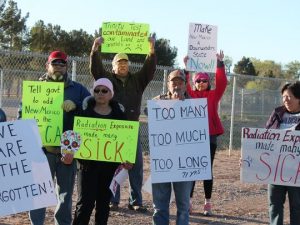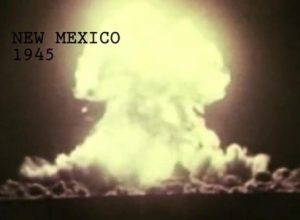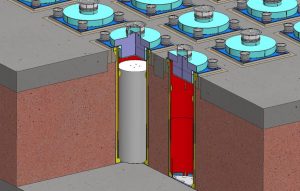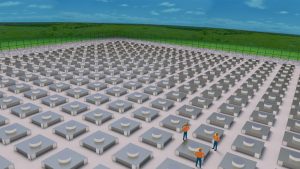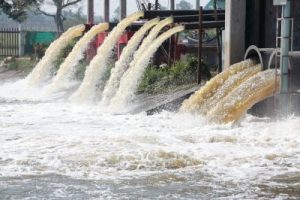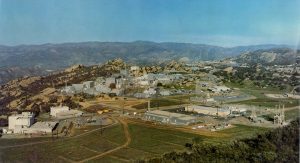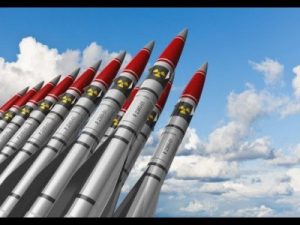![]() The Department of Energy (DOE) has submitted a proposal to the New Mexico Environment Department to construct and operate a 65,280 cubic foot waste container storage unit on the surface of the Waste Isolation Pilot Plant (WIPP) facility. http://www.wipp.energy.gov/rcradox/rfc/com_menu.htm WIPP is a dump for plutonium-contaminated waste generated by the research and manufacture of U.S. nuclear weapons. The rooms where waste is emplaced are located 2,150 feet below the surface in the salt beds of southeast New Mexico. The site has been closed since February 2014 because one or more drums of waste shipped from Los Alamos National Laboratory exploded and contaminated large portions of the mine. DOE hopes to reopen before the end of this year for “limited operations,” despite the contamination and the inadequate ventilation. Another result of those unsatisfactory conditions is that the mine cannot be adequately maintained, and DOE has reported slabs of salt weighing several tons falling from the mine ceiling in at least four areas.
The Department of Energy (DOE) has submitted a proposal to the New Mexico Environment Department to construct and operate a 65,280 cubic foot waste container storage unit on the surface of the Waste Isolation Pilot Plant (WIPP) facility. http://www.wipp.energy.gov/rcradox/rfc/com_menu.htm WIPP is a dump for plutonium-contaminated waste generated by the research and manufacture of U.S. nuclear weapons. The rooms where waste is emplaced are located 2,150 feet below the surface in the salt beds of southeast New Mexico. The site has been closed since February 2014 because one or more drums of waste shipped from Los Alamos National Laboratory exploded and contaminated large portions of the mine. DOE hopes to reopen before the end of this year for “limited operations,” despite the contamination and the inadequate ventilation. Another result of those unsatisfactory conditions is that the mine cannot be adequately maintained, and DOE has reported slabs of salt weighing several tons falling from the mine ceiling in at least four areas.
Given those problems, activists are concerned that a premature opening threatens worker health and safety and is likely to result in additional accidents. They believe that action should focus on closing up unsafe areas of the underground, rather than trying to re-open the site or expand its mission. In the past when DOE has been focused on expanding the mission and hurrying, bad things happen.
DOE’s new proposal is to store ten times the amount of radioactive and hazardous waste on the surface than has been allowed previously. The proposed facility, called a Concrete Overpack Container Storage Unit, would result in storing waste for a year, and in handling waste containers multiple times, increasing the likelihood of accidents and worker exposure.
The building is not needed. In fact, several years ago DOE requested and received permission to have “surge” storage in the Waste Handling Building and in the parking area. http://www.wipp.energy.gov/library/Information_Repository_A/Searchable_Permit_10-2016.pdf see Sections 3.1.1.3 and 3.1.2.4. But that “surge” storage has never been needed. Because by law, WIPP is only for underground disposal, the new surface facility may not be legal.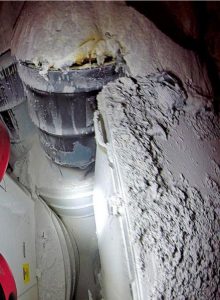
Joni Arends, of CCNS, urges DOE to withdraw its proposal for a surface storage facility because it is not needed now or in the future; because WIPP may never reopen; and because it is not legal. To support the withdrawal of the proposal, please submit your comment to the Environment Department before the December 5th deadline. Sample comment letter – wipp_surface_storage_comment_102016 Simply copy the text from the PDF and paste into an email to the indicated recipient, changing the highlighted portions to your relevant data (current date plus your name and email address)
Instead of spending the public and state officials time and effort on the surface storage facility, attention should be on how to close contaminated areas of the facility. A permit modification with public comment is required for such a closure.

